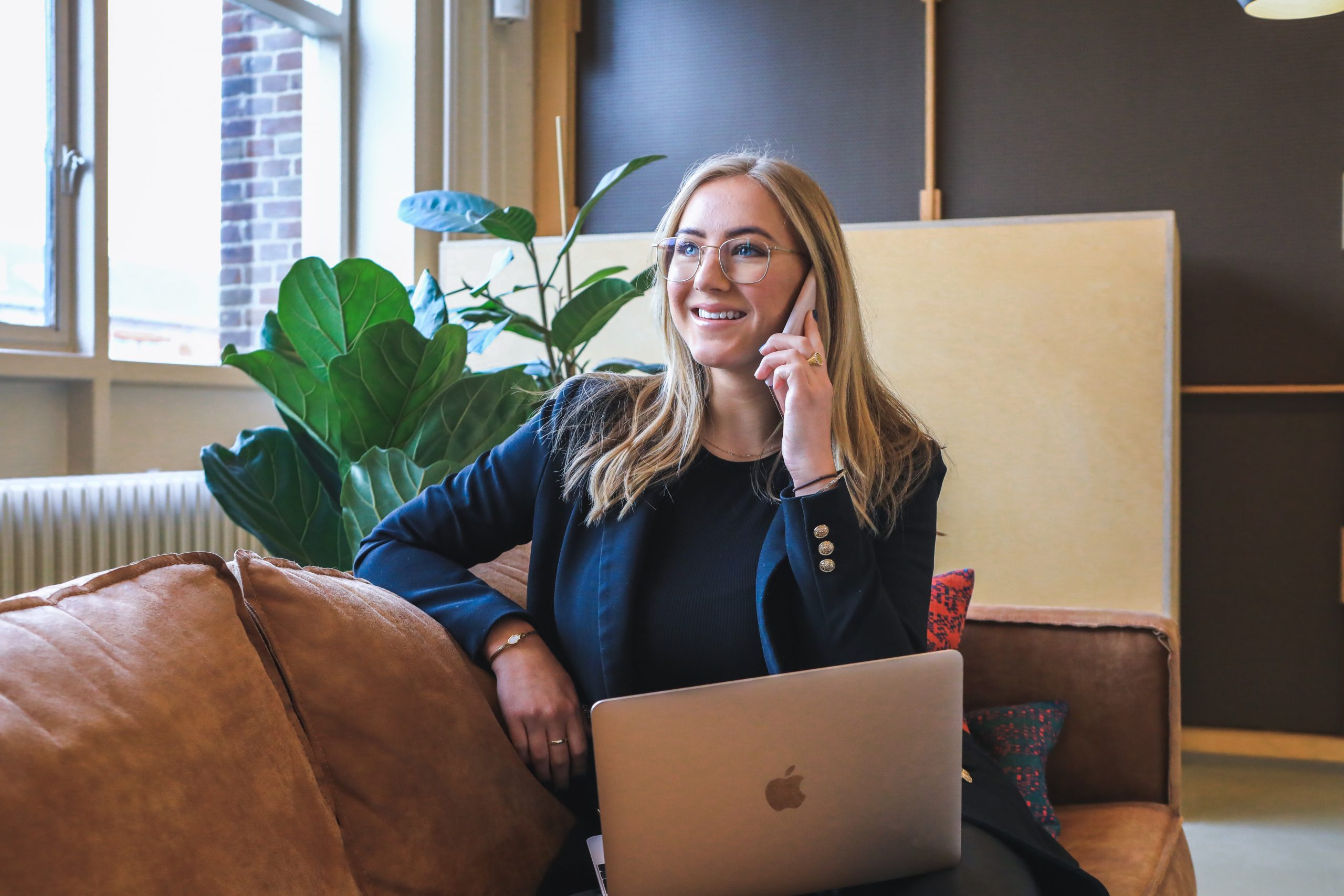As lockdown eases and staff begin to return to the office, organisations across the globe are putting in plans for a mix of onsite and virtual working. This hybrid model looks set to become the future of the office for many employees and will create a permanent cultural organisational shift.
Businesses are now drawing on the positive experiences many have experienced working virtually to help create their new working models. FIS have gone a step further, conducting employee listening exercises including town halls, focus groups, and a survey to gather valuable insight on their staffs’ experience of working during the pandemic.
This employer and employee collaboration will be crucial as organisations look to shape the future of work. Empowering employees to implement change will help create the best workplace model and optimise organisational performance for the future.
Lessons Learned
We have learned a lot over the past year. The pandemic has shown that the vast majority of employees do not need to be in the office every day to do their jobs effectively. Being able to work virtually has offered more flexibility to employees and has created a better work-life balance for many.
But employees have also missed out on opportunities to collaborate with colleagues in the office. It’s clear both the physical office and virtual office have roles to play moving forward, but finding the right balance is crucial.
Collaboration is Crucial
In our organisation, to better understand our employees’ feelings about the return to the office and to continue to improve the work experience moving forward, we conducted an employee survey of almost 4000 people in the UK. 91 percent of our employees stated their desire more home office/work office flexibility, supporting the adoption of a hybrid model as a new business norm.
With employees valuing hybrid workspaces, now is the perfect time to create a cultural shift and will help to better leverage our global office space. We have given every employee a Workspace Profile to bring the hybrid model to life.
There are four Workplace Profiles and these categories are based on how much our employees need to work in the office each week and the type of work they perform. We understand that everyone will have different requirements and these profiles reflect that, putting our staff in control of their own careers where possible.
The New Office
Employees will walk into a different workspace on their return to the office. Temperature checks and mask wearing will be required and social distancing guidelines will have to be followed. Hand sanitizers will be available throughout offices and frequent use will be encouraged to minimize the spread of germs.
Those that work in the office on a regular basis will have a dedicated workspace within an office, whereas those who are flexible will reserve an on-demand workspace space through an app on the days they work in the office.
All these changes are vital to help fight the pandemic, and businesses need to continue to advance their technical environment to create a more connected and collaborative work experience for all employees.
War for Talent
A number of major banks, including Morgan Stanley, Bank of America Corp. and Goldman Sachs Group Inc., are choosing not to continue with the hybrid model and are instead pressuring employees to return to the office.
But this may put them on the back foot, with those that are reverting to a hybrid model hoping their flexible working options will help attract new talent and retain employees. If employees are frustrated with their working arrangements, businesses need to act to make sure they keep the best talent.
Flexible Working is the Future
The pandemic has changed everything about work models. Businesses now have the chance to create better working conditions and better work experiences for their staff, and key to creating these successful new business models which will help boost employee well-being and productivity is collaboration with employees.









